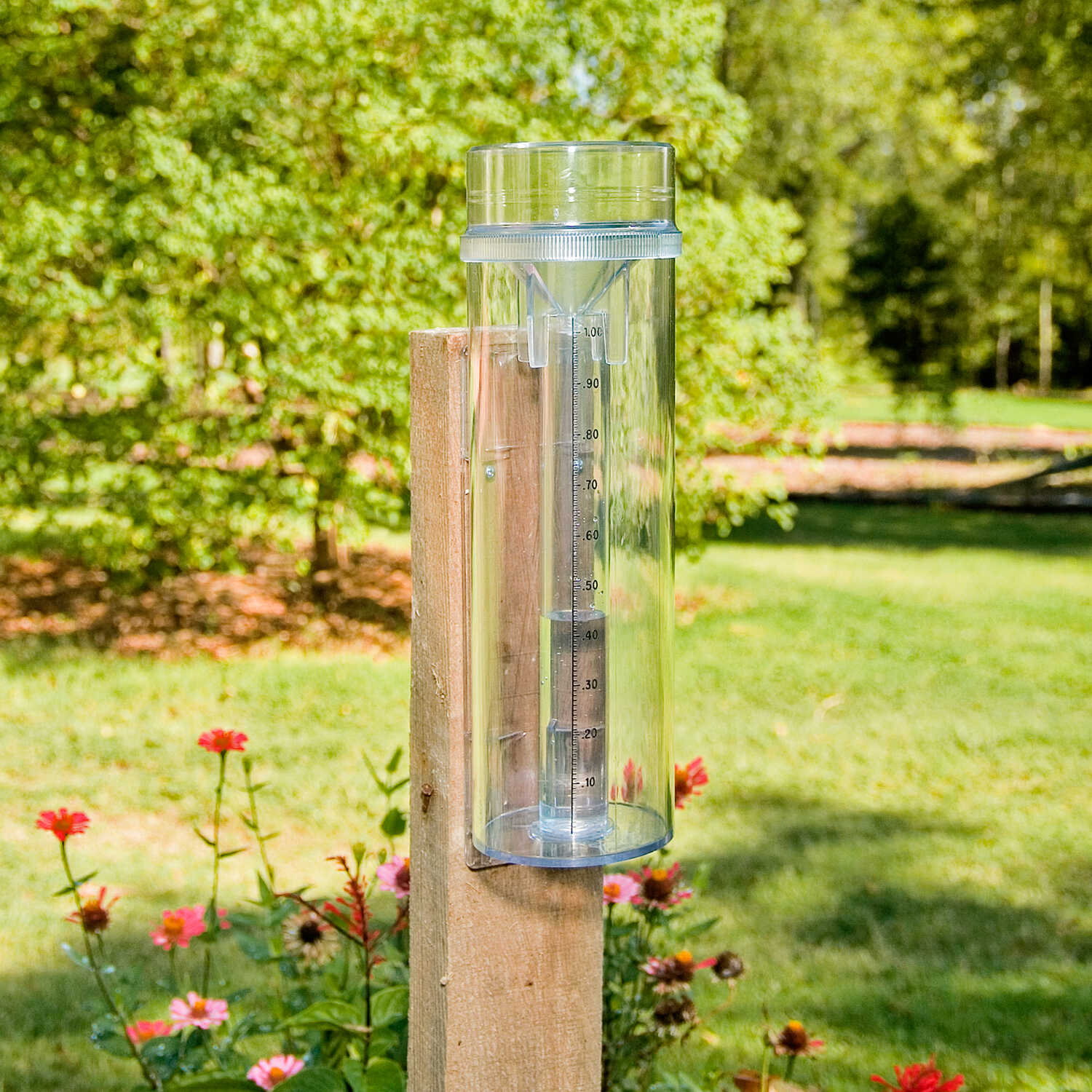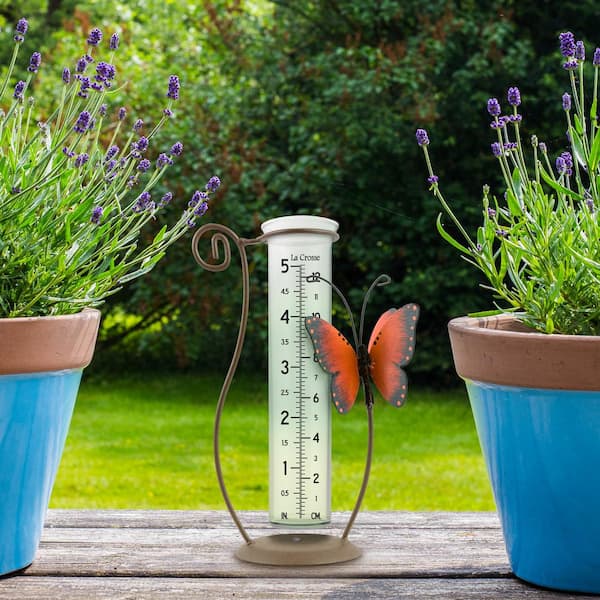Grasping the Science Behind The Rain Gauge: Insights and Innovations Revealed
Grasping the Science Behind The Rain Gauge: Insights and Innovations Revealed
Blog Article
DIY Rain Scale: Straightforward Actions to Make Your Own
Are you interested in tracking rainfall in your location? Creating your very own DIY rain gauge is a effective and basic means to determine and tape precipitation. With simply a couple of typical products and some basic steps, you can quickly create your very own rainfall gauge in your home. In this overview, we will provide you with a detailed procedure to assist you develop your own rain scale. No demand for any type of specialized knowledge or tools - this job can be finished by anyone. By adhering to these basic instructions, you will have a dependable tool to gauge rains and contribute to your understanding of the local climate patterns. Allow's get started on making your DIY rain gauge today!
Gather Products
To start creating your DIY rainfall gauge, gather all the needed materials utilizing a detailed checklist of items. Having the ideal products available will certainly ensure the effective development of your rain scale and permit for precise dimensions of rains. First of all, you will certainly need a clear plastic container or cylinder, such as a plastic container or jar. Make sure the container is clear to ensure that you can quickly see the water degree inside. Next off, you will certainly need a leader or measuring tape to note the increments on the container. This will certainly allow you to measure the quantity of rainfall properly. In addition, you will certainly need a long-term marker or water resistant tape to note the measurements on the container. When exposed to rainfall, this will ensure that the markings continue to be visible also. Finally, you will need a tough base or stake to securely hold your rainfall scale in place. This can be a wood or metal stake that can be inserted right into the ground or a sturdy flat surface to provide security. Gathering these products ahead of time will certainly simplify the construction process and make certain that you have every little thing you need to create your very own DIY rainfall scale.
Prepare the Container

Mark the Measurement Increments
To precisely measure the quantity of rainfall, properly marking the dimension increments on your do it yourself rainfall gauge is crucial. Without exact and clear markings, it would be difficult to establish the precise amount of rainfall gathered in your rainfall scale. Right here are the steps to mark the measurement increments on your rain scale.
The most common systems for determining rains are inches and millimeters. Once you have actually chosen the system, use a long-term pen or waterproof paint to mark the increments on the side of your rainfall gauge.
When marking the increments, it is very important to guarantee that they are uniformly spaced and plainly visible. Make use of a ruler or gauging tape useful source to ensure accuracy and consistency. In addition, ensure that the markings are immune to fading or abrading, as exposure to the components may cause them to weaken with time.
Place the Rain Scale Outdoors
The rainfall gauge must be positioned outdoors to precisely accumulate rainfall data. The location selected for the rain gauge must be open and totally free from any obstructions that can potentially impact the dimension of rains. The Rain Gauge.
In addition, it is vital to place the rain gauge on a steady surface, such as a level ground or a tough article. This will stop any type of activity or tilting of the gauge, which can lead to imprecise measurements. It is likewise recommended to prevent putting the scale near any type of resources of synthetic water, such as lawn sprinklers or drain systems, as this can interfere with the precision of the dimensions.
Screen and Document Rain Data
Normal surveillance and recording of rains data is necessary for exact data analysis and analysis. By tracking rains measurements, you can obtain valuable insights right into weather patterns, environment fads, and water source monitoring. To properly keep track of and tape rainfall information, it is essential to develop a regular and keep regular useful content techniques.
Firstly, make sure that your rain gauge is positioned in an open area far from barriers such as trees or buildings that may obstruct rainfall. Furthermore, make certain the rainfall gauge is level and safely secured to stop any kind of movement that could impact the precision of the measurements.

When taping the rains information, it is necessary to keep in mind the date and time of each measurement. Use a ruler or a determining stay with figure out the rains deepness in the rainfall scale, and document this info precisely.
To guarantee the precision of the dimensions, it is suggested to empty the rain scale after each recording. This will certainly avoid any overflow or dissipation from influencing subsequent measurements.
Final Thought
To conclude, creating a DIY rainfall scale is a sensible and basic way to monitor and tape rainfall information (The Rain Gauge). By complying with the steps laid out in this short article, you can easily collect materials, prepare the container, note the measurement increments, and put the rain scale outdoors. On a explanation regular basis monitoring and videotaping rainfall data can provide beneficial info for different functions
Having the right materials on hand will ensure the successful development of your rainfall gauge and allow for accurate dimensions of rainfall.To accurately measure the quantity of rainfall, precisely noting the measurement increments on your DIY rainfall scale is vital.The rainfall gauge ought to be positioned outdoors to accurately gather rains information. The location selected for the rainfall scale should be open and cost-free from any type of blockages that could potentially impact the dimension of rains.In verdict, creating a DIY rain scale is a useful and basic means to monitor and tape-record rainfall data.
Report this page